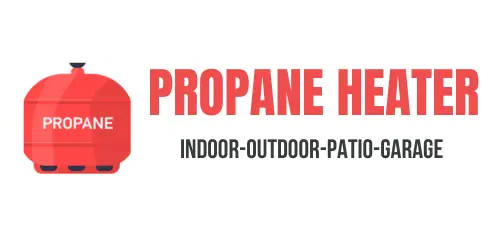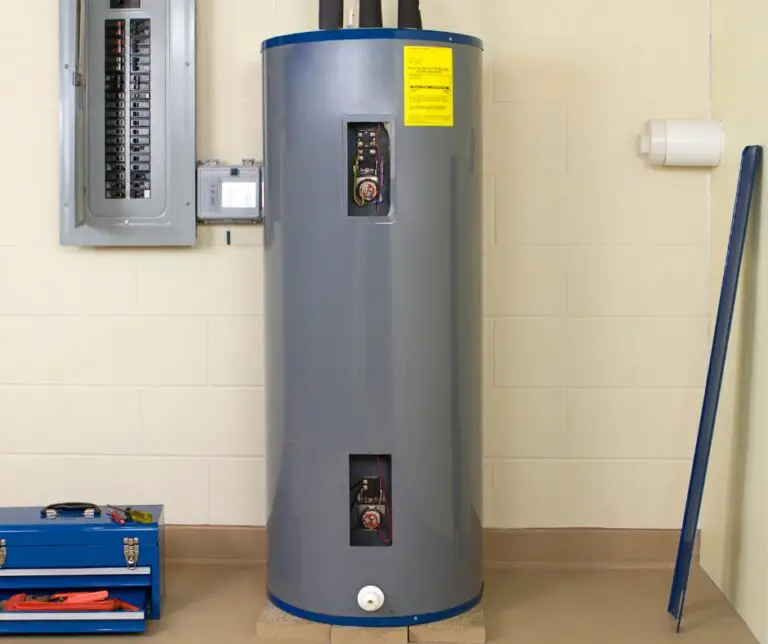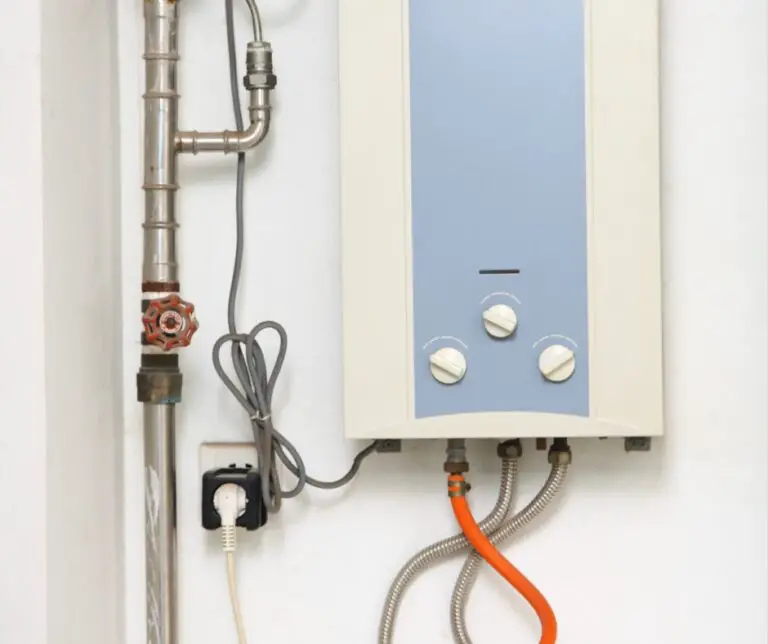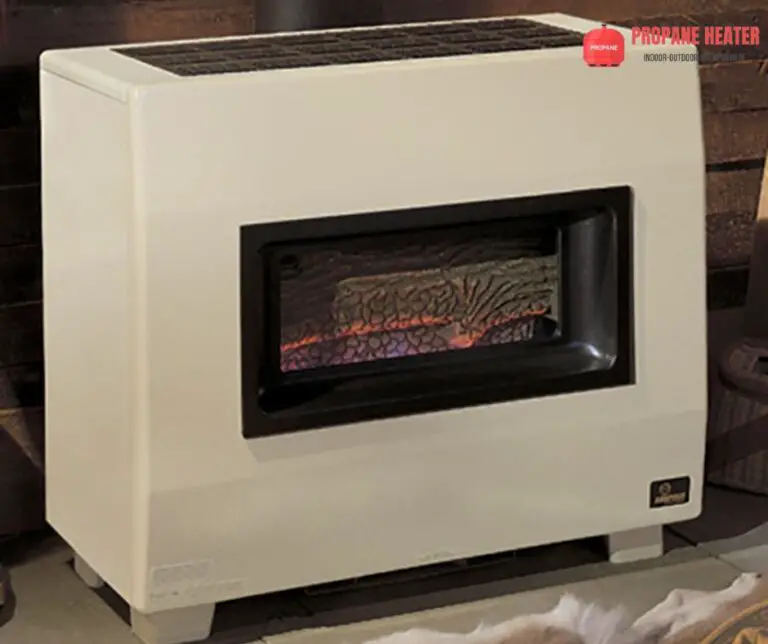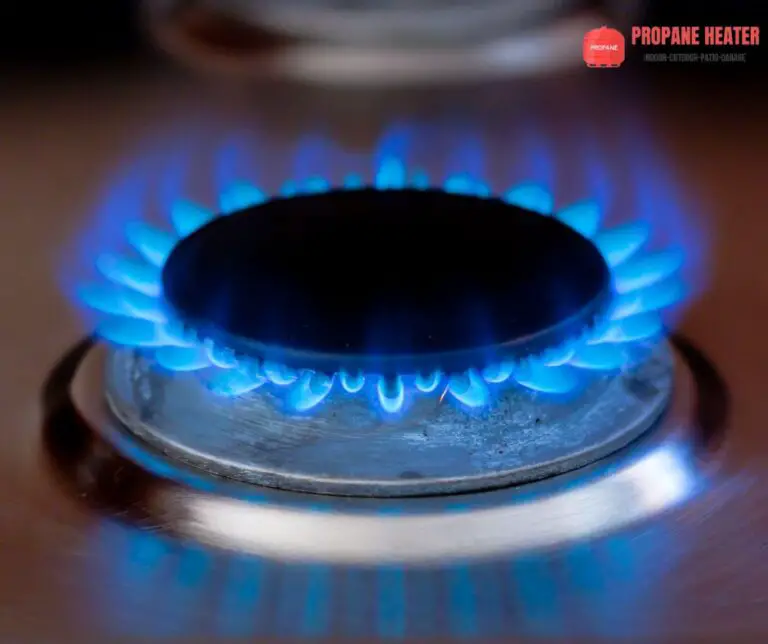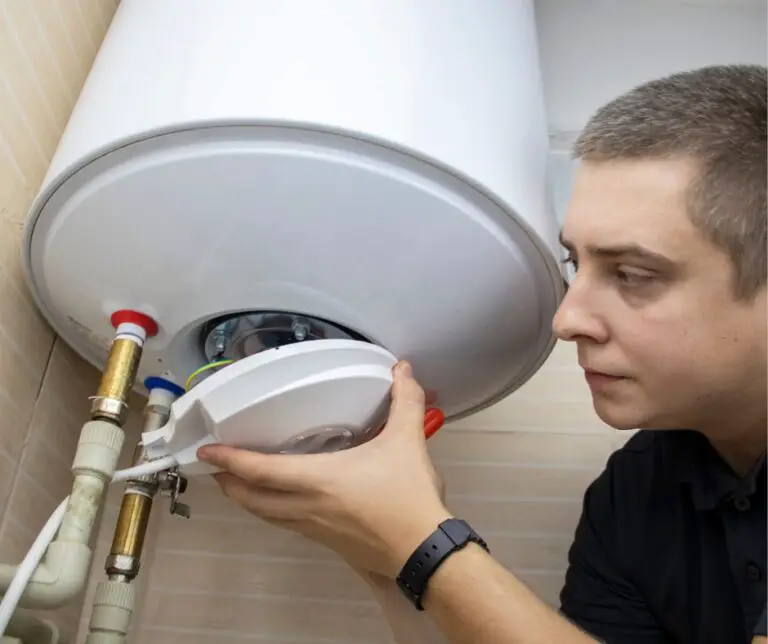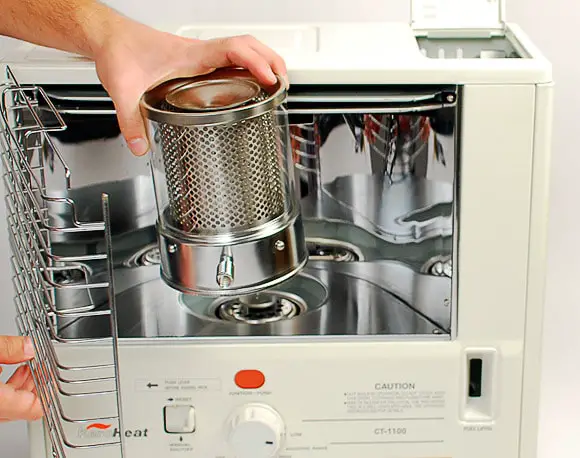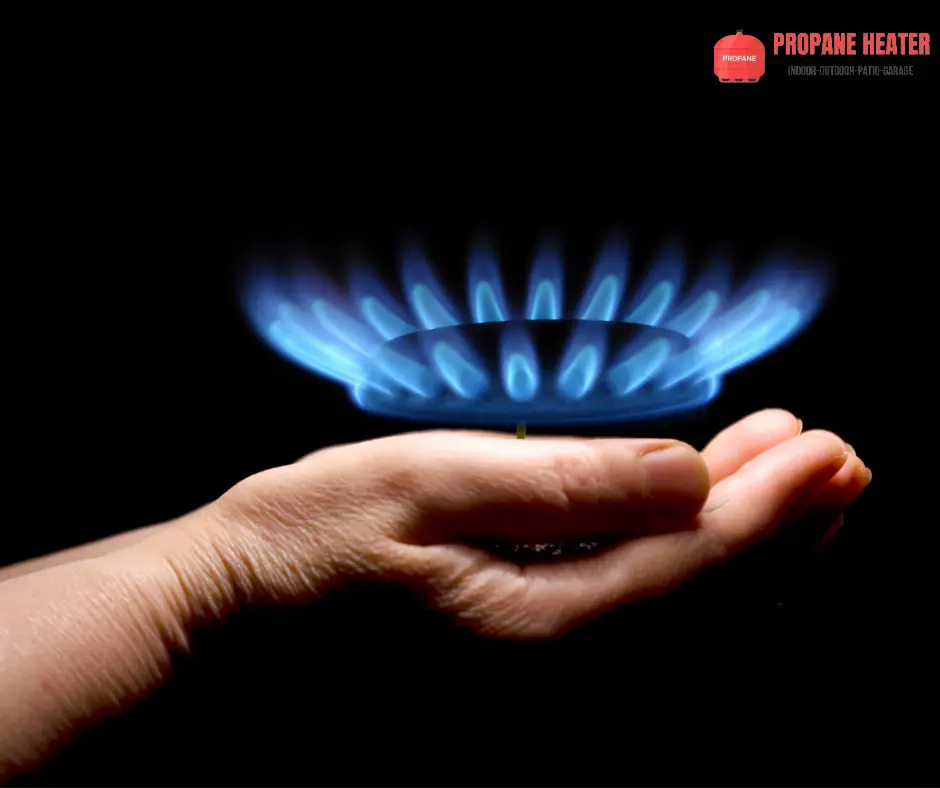
Whether you are planning on spending a few nights on the boat, while anchored in your favorite camping spot, or spending weeks in your boat cabin during the peak of winter, it is important to consider safety. One thing that might come up is whether it is safe for you and your family to use your propane stove to heat the space. So, people ask; can I use my propane stove to heat my boat cabin?
Yes, but it’s not recommended. Propane stoves are designed to heat food, and they’re not engineered to be used as a primary source of heat in a room. They can be used as a supplemental source of heat (for example, on cold nights when the temperature drops below 20 degrees), but never rely on them as your only source of heat for your cabin.
Why It Is Not Recommended to Use a Propane Stove in a Boat Cabin
There are several reasons you should not use propane stoves as your primary source of heat:
1. They produce carbon monoxide
Propane stoves are popular on boats because they are portable and easy to use, but they also produce carbon monoxide, which can be dangerous if you’re using them in close quarters with poor ventilation. Carbon monoxide is an odorless, colorless gas that can cause serious health problems if inhaled over time. It’s dangerous for children and people with respiratory issues like asthma or emphysema.
This is because they may have difficulty breathing and could become confused or dizzy. While this may seem like something that would only worry people who have health conditions or are pregnant, carbon monoxide is an invisible gas that can cause harm even if you don’t notice any symptoms at first.
Carbon monoxide poisoning can be fatal if not treated immediately, so it’s vitally important to avoid using propane stoves in enclosed spaces like cabins or tents.
2. They are not designed for indoor use
Propane stoves are meant for outdoor use only. They have been specially designed for such purposes and can be used in any weather condition. However, if you want to use it indoors, then you will need to get it modified with special features that are suitable for indoor use. This means that even if you modify the stove, it will not be able to perform as well as it would outside.
They also don’t have the safety features that would prevent fires from starting or getting out of control. Moreover, the heat from these appliances can make the cabin too hot during hot weather and uncomfortable when it’s cold outside. This is especially true if you are using it for long periods or at night.
How to Install a Propane Stove in a Boat Cabin
Install a propane (LPG) stove in a boat cabin for heating the room when it gets cold. Do it in the following steps:
Step 1: Measure the space where you want to put the stove. Make sure there is enough space for the stove and also make sure that it does not interfere with any other equipment or structure on board.
Step 2: Buy a propane stove that is made specifically for boats. We have tested this to ensure it is safe to use on water and in a metal cabin.
Step 3: Install the stove by screwing it into the wall or floor so it will not move around while you are using it. You may also want to install an on/off switch so that you can turn off the flame when you are not using it, especially if you have pets onboard who might knock into it and ignite some fuel accidentally.
What Next After Installing a Propane Stove in a Boat Cabin?
Do the following to install a propane stove in your boat cabin:
Install an LPG regulator
LPG regulators are made specifically for use with propane gas. They allow you to control the pressure of the gas going into your stove. A regulator has two gauges: one that reads the pressure inside the cylinder and one that shows how much fuel remains in the cylinder.
Install the regulator on top of your LPG tank using screws or clamps, then connect it to a hose that leads into your cabin. A typical regulator uses 1/4-inch pipe threads, so use pipe fittings when connecting hoses to it.
Install an emergency shutoff valve
The emergency shutoff valve allows you to stop all gas flow if there’s a leak or fire in your cabin. It should be installed near where you connect hoses from your regulator and LPG tank so that you can easily reach it in case of an emergency requiring the shutdown of gas flow. Use pipe fittings when connecting hoses from this valve back into your regulator and tank system.
Tips for Safely Using a Propane Stove in a Boat Cabin
If you have a boat cabin, a propane stove is a great way to cook. You can save money on fuel and protect the environment by using a propane stove instead of an electric or gas range. Here are some tips for safely using your propane stove in your boat cabin:
1. Check the hose
Make sure there are no cracks in the hose before you use it. If there are any cracks, replace it immediately.
2. Use a regulator
A regulator will ensure that the gas pressure is correct for your stove and protect you from burns if the hose leaks or bursts. You can buy regulators at any hardware store or RV supply store.
3. Follow the manufacturer’s instructions
Follow manufacturer instructions when installing parts like hoses and regulators to avoid potential hazards like fire or explosion because of improper installation of equipment or missing safety features such as shut-off valves, and so forth
4. You need ventilation for propane stoves
Propane stoves create carbon monoxide (CO). This gas can potentially cause sickness or death if you use it indoors without proper ventilation. Make sure there are openings on top of your boat cabin where ventilation can occur while you’re using the stove, otherwise, you will risk poisoning yourself with CO gases and other harmful chemicals present in burning propane.
What Is the Best Way to Heat a Boat?
A bulkhead-mounted charcoal heater is a best and most cost-efficient way to heat a boat for occasional use. The carbon monoxide produced from burning charcoal can be dangerous, but it is easily removed with an air purifier. Bulkhead-mounted heaters are easily installed in any boat and they do not require any special ventilation or exhaust.
A charcoal heater can be placed almost anywhere on a vessel and is a very convenient source of heat for those who want to keep their boats warm for short periods when moored at home or visiting friends. The beauty of this type of heater is that it will burn for up to six hours before it needs refueling, so you can enjoy a few hours of warmth without having to worry about running out of fuel.
There are many types of bulkhead-mounted heaters available, all designed for different applications, but all offer low-cost heating options for boats that need occasional warmth during the winter months.
Bottom Line
However, used in a limited capacity, such as in a cabin on a boat or to heat small spaces in large barns and sheds, propane stoves can be perfectly safe and convenient heating devices. The key is to remember that safety is still important, especially if the stove will be used in an enclosed space. Make sure to follow all safety precautions when using your propane heater to heat a space in your boat cabin.

I am Richard A. Jackson man behind propane heating solution, An HVAC expert working as a team lead of the heating department, Provide services all over the USA (around all major cities), and from planning to implementation, you will get all your solution here. We provide various tanks (propane and other natural gases) and deal with disposable waste.
